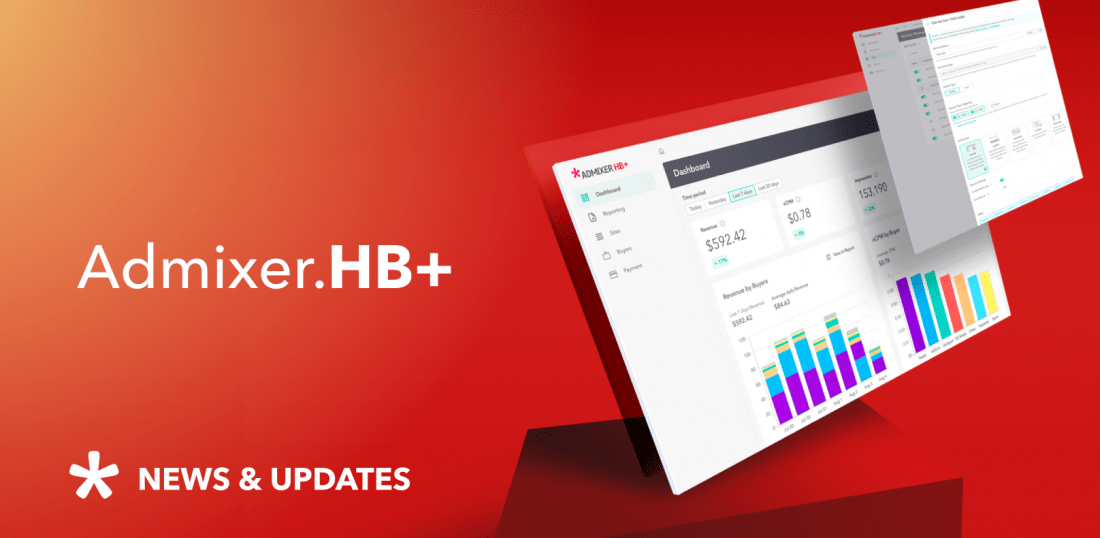New ways of tracking your audience in programmatic
Programmatic traditionally uses cookies for audience targeting. The data gathered this way can get fragmented. Marketers are looking for new forms of user identification.
Programmatic ad buying gives you 3 main advantages:
- Precise audience targeting.
- Automated ad delivery across different platforms and web pages.
- Real-time ad placement.
We’d like to dive into the topic of audience targeting more deeply this time.
How do you find your audience on the Internet?
Data suppliers provide DSPs with the classified groups of users. It lets advertisers and ad agencies select the segments they need and target them.
There are different data sources you can use for targeting:
- First-party data or Remarketing based on your own audience.
- Third-party data from the vendors.
- Narrow audience segments based on behaviour, that are billable by the third party.
- Free audiences formed by behaviour and interests that you can get from DoubleClick and other DSPs.
Audience-based planning is a relatively new trend on the market.
It’s about gathering the data from different sources – such as the 1st party, device ID, and social media account – and uniting them into one consumer identity.
What is the problem with traditional cookie use?
Traditional media buying lets you segment the impressions by the following criteria:
- inventory source,
- content topic,
- content keywords,
- social demographics,
- geographical location,
- targeting by the time,
- device type,
- connection speed,
- browser or OS.
Let’s take a user watching a mobile video on Facebook. This person is one single consumer. The data segmentation places this user into different categories: format, device and social platform.

Source: Marketoonist
The user identification within programmatic system traditionally bases on cookies.
This can cause lots of problems. Cookies can get cleaned and outdated, people change their devices, mobile apps don’t support cookies etc.
When you create unified user IDs, you not only avoid troubles switching between devices, but can also connect offline to online data. The highly developed companies already use such IDs to create media plans for specific publishers’ inventory.
What future is expected for people-based tracking and planning?
Publishers do like the idea. The problem is with the tech complexity. One needs more complex tech capacities to combine channel-based data into a single graph of users across different channels.



